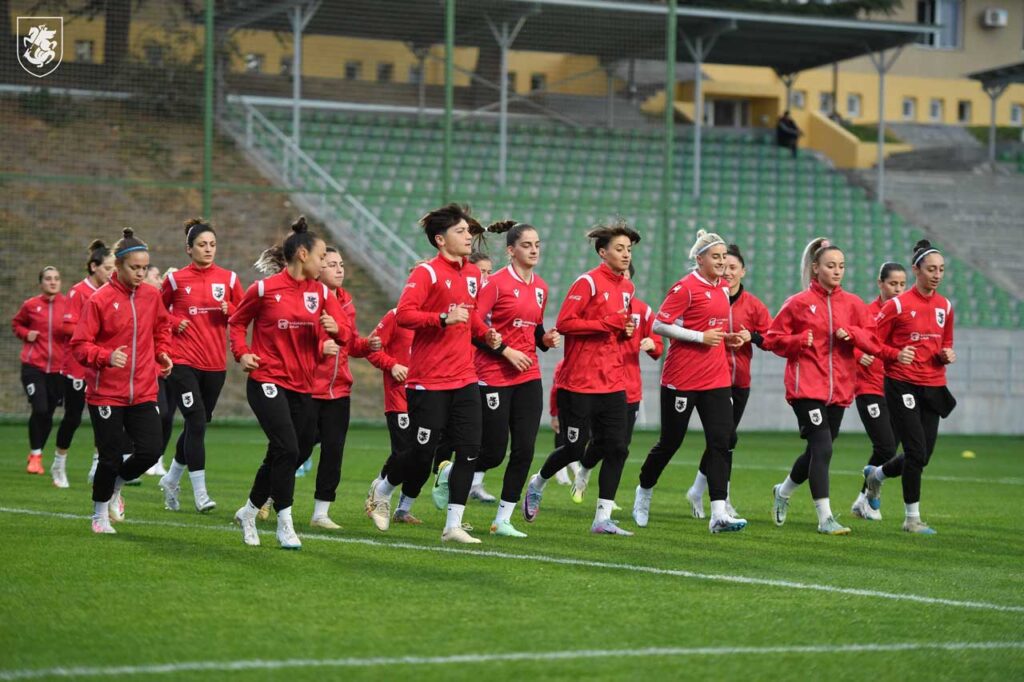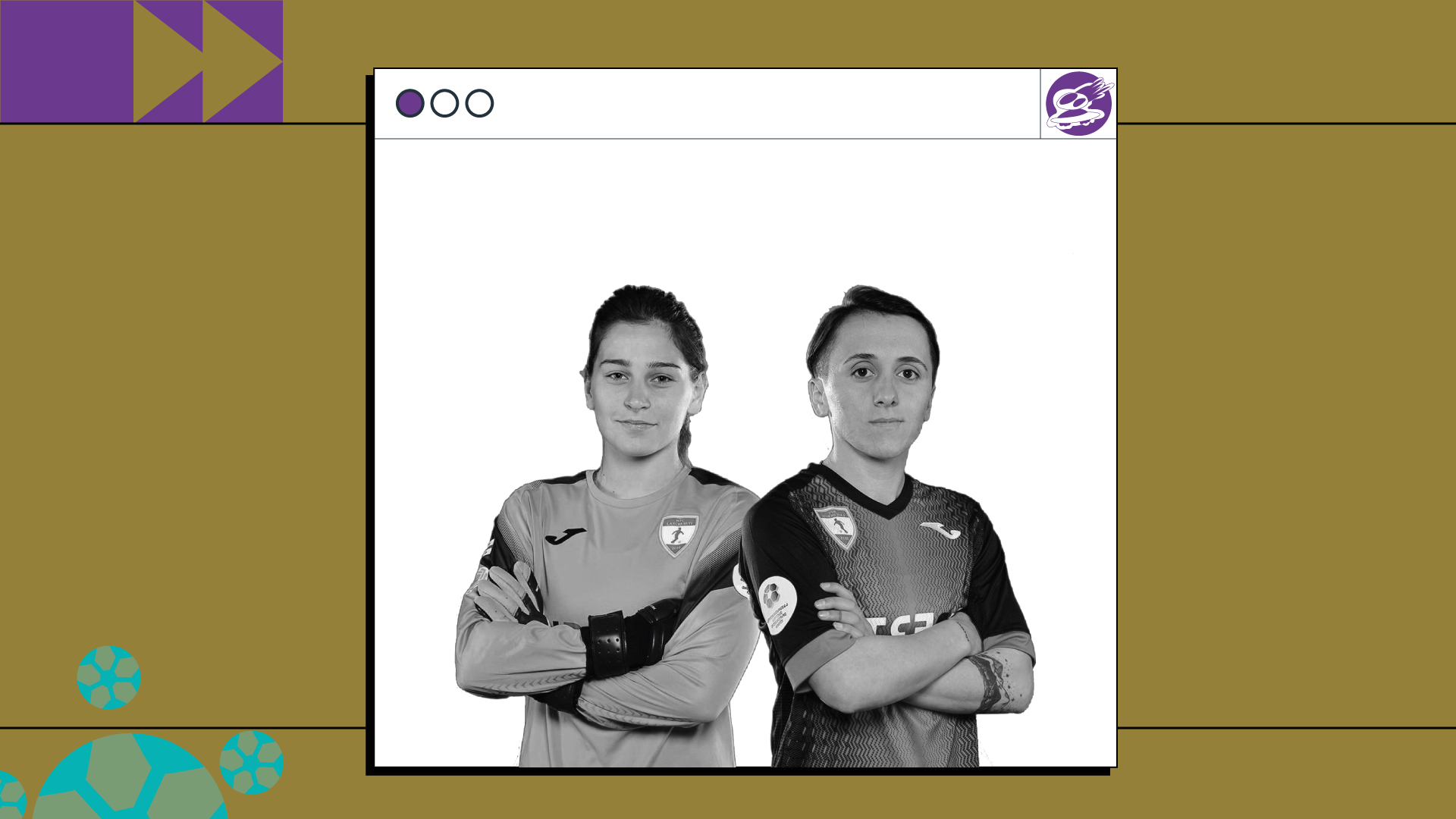Due to the success of the Georgian national team at the European Championship, football became a relevant subject of discussion for all Georgians. The aforementioned game certainly has power to unite people and endow them with a special sense of happiness. Unfortunately, however, such attention has not been given to the Georgian women’s national football team, which has also shown us impressive gameplay.
National Women’s Team was established soon after their male counterparts and played its first match against Yugoslavia in 1997. The team has participated in the qualifying stages of the European women’s championship eleven times and, in recent years, has improved its results. The disparities in the audience numbers, wages and the awareness are not only noticeable in Georgia, however, but rather in almost every country in the world. For comparison, the 2022 Men’s World Cup Final was viewed by 1.5 billion people, while all of women’s world football championship games in total received viewership of barely more than 1 billion. The Georgian women’s team has achieved many victories that merit acknowledgement, however even impressive feats of Georgian female football players can be found on a club level.

A football academy of an impressive scale was established in Lanchkhuti, Guria, in the early 2010’s , which was administered by Durmishkhan Chkheidze. The team was named “Piralebi”, an appropriate title for a team that was not willing to give up any points and fight to the fullest (in regions of Western Georgia, pirali is the word used for 19th century outlaws that hid in the forest and lived off of robbing the rich, similar to Robin Hood, t/n). After the establishment of the academy the clubs from Lanchkhuti (both male and female) became some of the most successful in Georgia and, after beating the qualifying stage of the Champions League, were acknowledged in the ranks of 32 best clubs in Europe. The Lanchkhuti team ended their competition in the tournament facing off against the Swedish champion “Rosengord”. Currently, 8 teams participate in the women’s national premier league. The main opponent of the aforementioned “Lanchkhuti” in the fight for leadership is the newly created Tbilisi team “Kvartali”.
Despite the negative tendencies mentioned above, an improvement in women’s football awareness is seen in the West. For example, after the games that took place in the last weeks, the Danish men’s team refused to accept the offer of higher wages. The reason for this was stated as the disparity between the wages male and female teams receive. This act was viewed in the positive lens by major global publications, such as The New York Times and The Athletic. This initiative by the Danish football Federation will be enforced after the end of the current European Championship and will last at least until the 2028 Championship. The impact of this initiative is the achievement of Danish team’s leadership, such as Christian Eriksen and Kasper Schmeichel. Fortunately, other members of the team gladly accepted their idea. Danish football players have shown that they are taking the responsibility for the industry’s injustices and have given up an offer of higher wages for support of their female colleagues.
Women’s football was established soon after the world’s first professional football match. The 1920’s were considered its golden age. However, after the first and second World Wars, women started working in factories and industrial plants due to the labour shortage. This has caused the interest in women’s football to decrease. However, women’s sport has begun to reemerge since 1960’s. Currently, FIFA and UEFA fund women’s football federations. In some cases, their funding even reaches 50% of some federations’ respective departments. These Federations hope that by 2026 60 million people will be involved in the sport (by 2022 this number was already 29.8 million). This number includes semi-professional, professional and youth football players.

Already in 1995, 12 teams competed in Women’s World Championship, which has caused other tournaments to expect more women’s teams joining in. 32 teams competed in the last world championship, which is almost the same number as their male counterparts. The increase is also noticeable in the amount of the prize – in the last 16 years the World Championship prize fund has increased by almost 150 million dollars, almost 25 times more than before this period.
Despite the important difference in statistics and financial capabilities, the world of women’s football is interesting to both fans and general audience. We hope the Georgian society, that attaches great importance to football, will appreciate the women’s football as well.


Comments